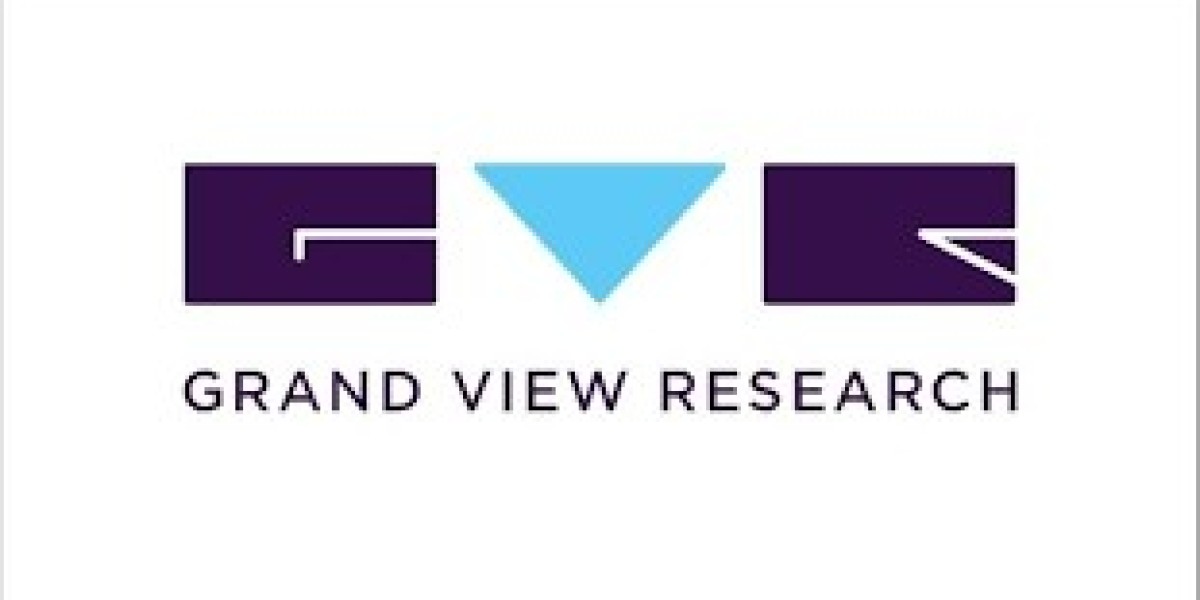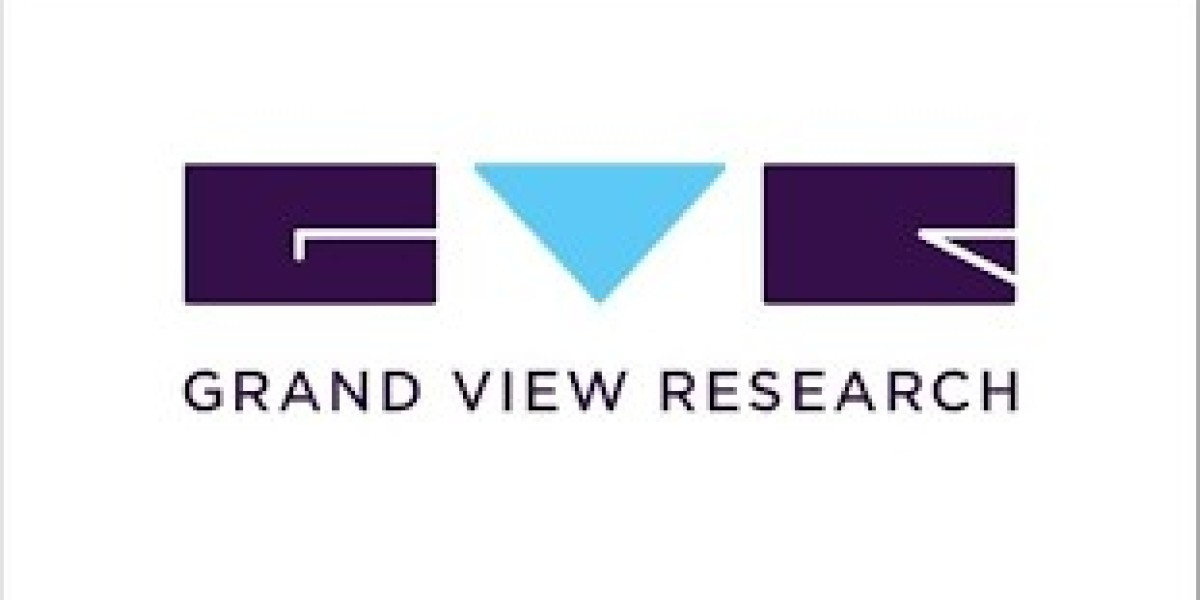Automotive engineering is a sector where the choice of materials can significantly impact performance and safety. Among these materials is tungsten, a dense, hard, and highly heat-resistant metal. Its exceptional mechanical strength, high melting point of over 3,400°C, and superior wear resistance make it a natural fit for demanding automotive applications. Its ability to withstand extreme temperatures and pressures means it plays a critical role in enhancing the durability and longevity of vehicle components, particularly in high-performance or heavy-duty vehicles.
Traditionally, tungsten has been used in engine components, counterweights, and braking systems, but recent innovations have significantly expanded its presence. For instance, tungsten alloys are now being utilized in crankshafts and piston pins, where their high density helps optimize balance and reduce engine vibration. The metal has 60% higher density than lead . Tungsten’s application in brake pads and rotors is also growing, as it offers safer and more durable braking systems in vehicles.
A major trend reshaping the tungsten market is the shift toward electric vehicles (EVs). As the automotive industry pushes for lighter, more efficient designs, tungsten is gaining attention due to its outstanding electrical conductivity and radiation shielding properties. Its role in heat sinks and thermal management systems in EVs is becoming especially vital, ensuring optimal battery performance and longevity.
Only about 2 kg of tungsten goes into every EV , but without that 2 kg, EVs would be more like a “glorified golf cart” than a high-performance vehicle, asserts Lewis Black, CEO of Almonty Industries. Automotive applications of the metal hold around a 25% share of the overall $37.8 million market . Due to its rising importance, the European Union, the United States, Japan, and China have listed tungsten as a critical mineral .
Market Movements
- Several automakers and suppliers are adopting tungsten-based technologies. For example, Porsche has integrated tungsten-carbide-coated brake discs in its high-performance models such as the Porsche Macan Turbo, marketed as Porsche Surface Coated Brakes (PSCB). These offer reduced wear, extended component life, and 90% less brake dust.
- In the electric vehicle segment, manufacturers are exploring tungsten’s use in battery pack shielding and high-performance connectors, where its thermal stability and radiation shielding capabilities help maintain safety and efficiency under high current loads. Tungsten’s role is especially important in fast-charging infrastructure, where components must handle intense heat and electrical stress without failure.
- Meanwhile, automotive suppliers are developing advanced tungsten alloys for engine and drivetrain components. Sandvik, for instance, has invested in additive manufacturing technologies that use tungsten to 3D-print high-performance parts, pushing the boundaries of customization and production efficiency.
- Other companies are leveraging tungsten-heavy alloys in engine valve seat inserts and turbochargers, especially for vehicles operating under high loads, such as trucks and performance vehicles. Their materials demonstrate superior resistance to thermal fatigue and corrosion, making them ideal for modern downsized, high-efficiency engines.
The Way Ahead
As the automotive industry accelerates toward more sustainable and high-performance vehicles, tungsten is cementing its role as a critical enabler of innovation. Its unmatched physical properties and versatility open the door for continued advancements in engine design, electric vehicle development, and safety systems.
We know, China is the global leader in the tungsten industry, accounting for over 80% of the world’s production. However, geopolitical concerns and supply chain risks have prompted manufacturers to diversify their sourcing strategies and invest in recycling programs. For instance, companies such as Global Tungsten & Powders (GTP) are expanding their tungsten recycling operations, recovering materials from used tooling and industrial scrap for re-entry into the supply chain.


